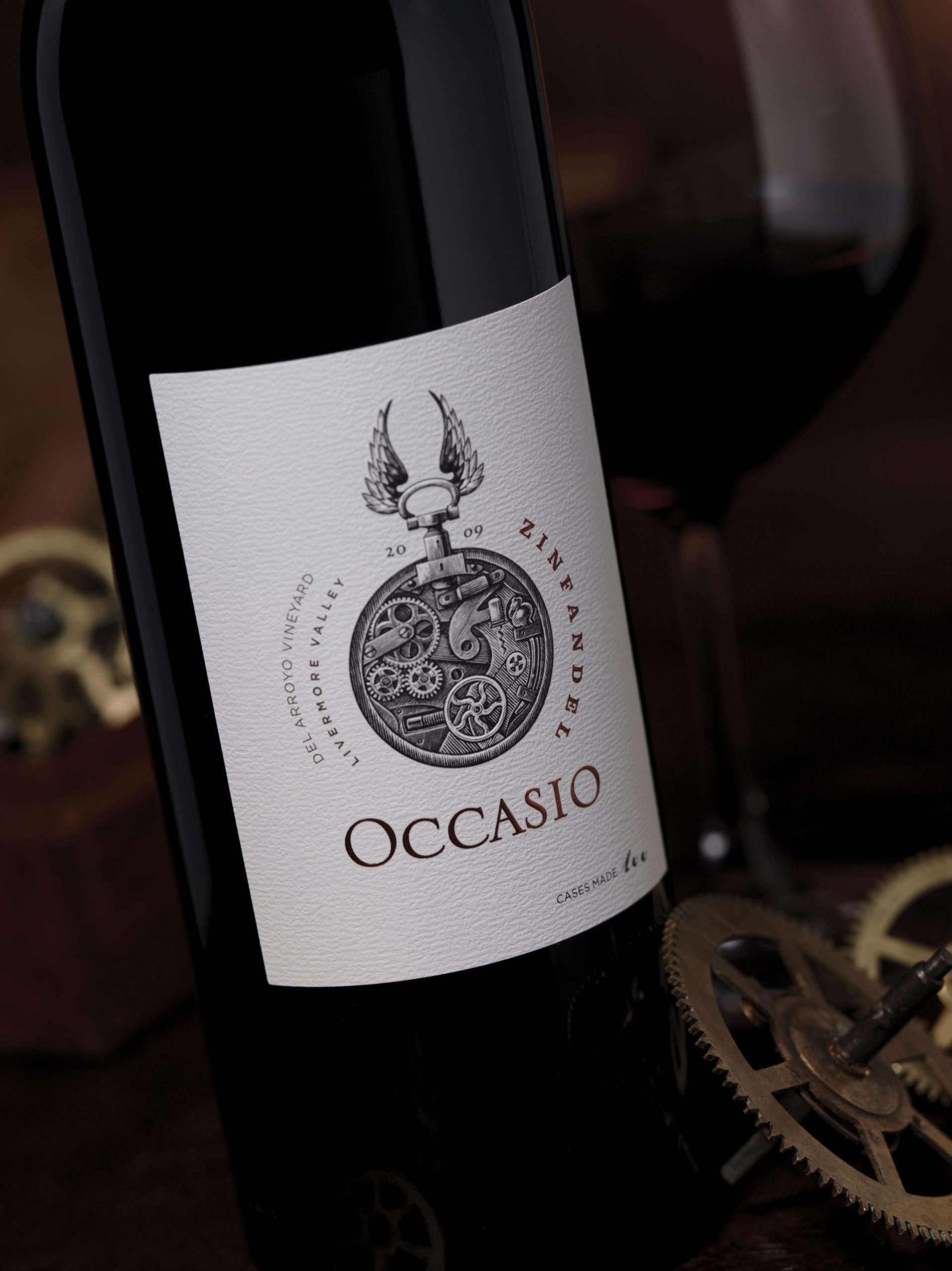Zinfandel – A Love Affair

Livermore has a love affair with Zinfandel. When the first Livermore vineyards were planted in the 1880s, Zinfandel found a home in almost all of them. This widespread planting of the cultivar occurred despite admonitions from the leading wine experts not to. The top wine experts of the day believed Zinfandel produced an inferior wine, and that Livermore Valley should stick to the planting of the Bordeaux cultivars.
Local winemaker Adrien Chauché was one of many in Livermore who didn’t listen to the experts. He took the risk in 1884 and planted Zinfandel at his newly established Mont-Rouge Winery. Chauché, an immigrant Frenchman, felt an attraction to Zinfandel. To Chaucé and others in Livermore Valley, Zinfandel represented the spirit of early California.
Chauché’s belief in this underdog varietal paid off. Five years after planting, Mont-Rouge Zinfandel earned a coveted gold medal at the 1889 Paris Exposition, the European judges perceiving something special in the rustic elegance of Livermore Zinfandel, an American wine for a new age. This victory was a step towards Chauché’s goal to make wines that ‘would in the course of time sell on their name as well as merit.’
Only a few years after his victory in Paris, Adrien passed away, leaving his dream in the capable hands of his brother-in-law, Charles Bon. Charles continued developing the vineyard and the wine. But Charles, too, was to die early. Mont-Rouge was taken over by Adrien’s sister, the widow Bon, who was determined like her brother to see the Mont-Rouge name reclaim center stage. It was through her strength of will and natural talent that Zinfandel survived; her Mont-Rouge Zinfandel won gold at the 1915 San Francisco Panama-Pacific Exposition. Though perhaps not the earliest woman winemaker in California, she may have been the first to receive a gold medal at an international competition.
Prohibition threatened Zinfandel, but repeal was its death knell. Maynard Amerine and Albert Winkler, Davis professors, fought long and hard against the replanting of Zinfandel in post-prohibition California. In their pioneering 1944 paper, which established the winegrowing climate zones of California, they expressed the opinion that no climate zone was suitable for the growing of Zinfandel.
But the winegrowers of Livermore Valley again paid no attention to these experts. And though, by 1975, Zinfandel had almost vanished from our state[1], in Livermore it reigned supreme as our most widely planted varietal. Today, Zinfandel still ranks third among the Livermore plantings, behind only Chardonnay and Cabernet Sauvignon. Livermore has always had a Zinfandel, and always will. It is a remarkable love affair that has survived 135 years and shows no sign of ending.
[1] Sutter Home Winery is largely credited with saving Zinfandel in 1975 by its introduction of White Zinfandel. Though wildly popular, White Zinfandel has done little to enhance the reputation of the cultivar.


